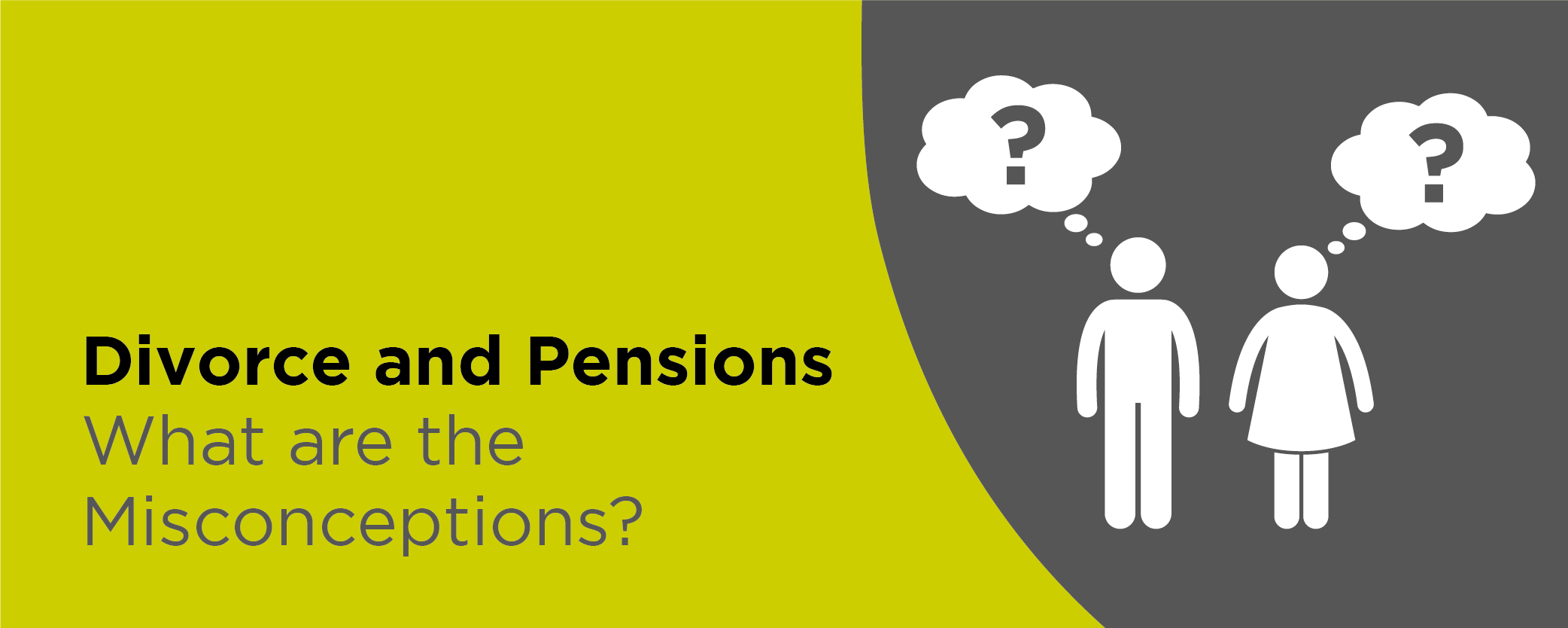- Basildon 01268244144
- Chelmsford 01245453800
- Colchester 01206217300
- London 020 4586 1280

Following on from our recent blog on Divorce and Pensions: Why Does This Asset Typically Get Ignored, we focus on the misconceptions around pension valuations and the Pensions Advisory Group’s (PAG) advice on this in PAG 2.
The Significance of Pensions in Divorce
Pensions are often a significant part of the matrimonial assets and should not be ignored in divorce. There are several methods of settlement for pensions, the most common being a Pension Sharing Order, which is when a part of one spouse’s pension pot is credited into the other spouse’s pension pot in order to achieve equality between pension assets. Another commonly used method is offsetting, where parties retain some or all of their pensions in lieu of some other distribution. It is, therefore, important that the valuations of the pensions are accurate to ensure that any pension share/offsetting does produce equality between the parties.
Dividing Pensions
When looking at dividing pensions, the first step is to obtain valuations of the pension assets. These can be supplied by the pension provider on request. The value of the pension can be referred to as a Cash Equivalent Transfer Value (CETV), Cash Equivalent Value (CEV) or a Cash Equivalent (CE) statement.
However, there is a common misconception that the CE of two pensions are comparable to one another. This is not always true, and pensions can often be difficult to value and divide. This is particularly the case where one pension is a Defined Benefit scheme, also known as a final salary pension, where the amount received in retirement depends on the number of years you have worked for your employer and your final salary, and the amount you get is determined by the rules of your pension scheme, rather than the investments made or the amount you’ve paid in. In these cases, the assistance of a Pensions on Divorce Expert (PODE) will be required, even where there is agreement as to a pension share.
PAG 2 Insights
PAG 2 highlights that parties need to be aware of the limitations of CE figures and the fact these can be a poor reflection of the actual value of a pension pot. PAG 2 recommends that parties consider whether the CE represents appropriate value for divorce purposes, whether other complicating features arise, and whether a PODE needs to be instructed.
Considerations
Whilst consideration needs to be given regarding the limitations of CE figures, PAG 2 explains that there may be cases where it is appropriate to share pensions according to their CE and without the assistance of a PODE. For example, this might include where all pensions are Defined Contribution schemes with no guarantees and the parties are of a similar age or where combined pension assets by CE are below £100,000.
Our webinar next week at 1pm on 30 January 2024 will focus on the changes in guidance in the new PAG 2 from the first PAG report. You can find out more and reserve your place here.



Comments